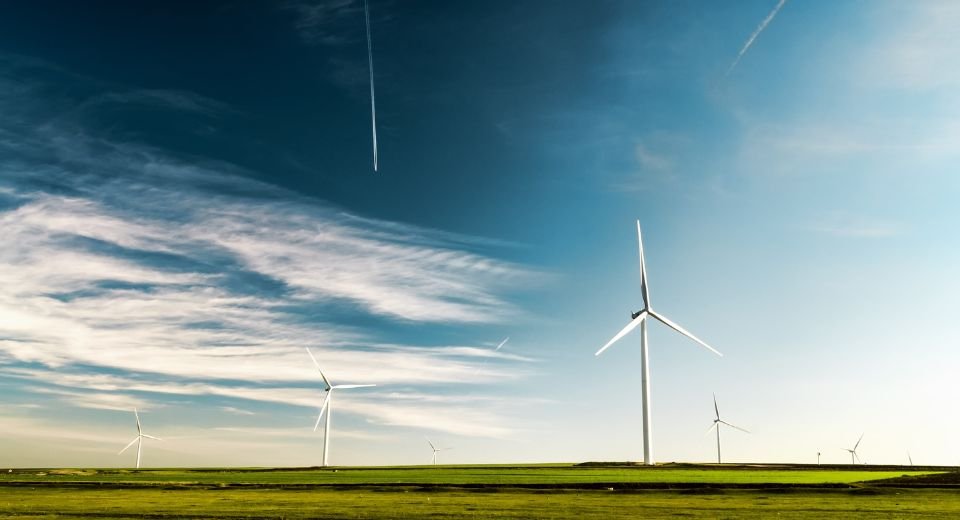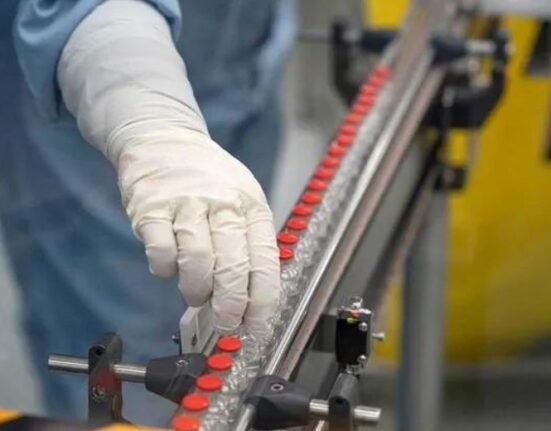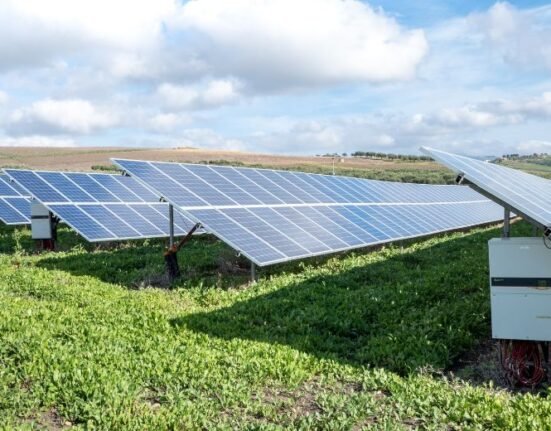HQ Team
November 12, 2022: Two Finnish engineers have invented a first-of-its-kind sand battery that serves as a source of heat, according to a UN report.
“The idea is to produce heat that you get via clean energy from the sun and wind,” said Markku Ylönen, chief technology officer of Polar Night Energy. “The heat is stored in sand. Sand is cheap, and the supply is great.”
A sand battery is a high-temperature thermal energy storage that uses sand or sand-like materials as its storage medium.
It is an insulated silo of steel housing filled with sand and heat transfer pipes. Equipment outside the storage includes automation components, valves, a fan, and a heat exchanger or a steam generator.
The sand gets heated with electricity available from the grid. The battery charges when “clean and cheap” electricity is available from solar or wind energy sources.
Air-pipe arrangement
The electrical energy is then transferred to heat storage using a closed-loop air-pipe arrangement. Air is heated using electrical resistors and circulated in the heat transfer piping.
The average temperature in Kankaanpää, where the plant is based, touches below zero in the December-March period and can fall as low as -23°C. The region in western Finland region has a population of about 11,200 people.
The 4×7 meter steel tank in the Kankaanpää Vatajankoski power plant area can heat sand to a temperature of 500-600°C.
The sand can keep warm for months and has 100 kW of heat capacity and 8 MWh of energy capacity distributed in the district’s heating system.
Wind, hydropower
The energy, which comes from renewable sources such as wind and hydropower, is stored to enable its use on darker and colder days when the energy supply is lower.
Residents can also use it to provide hot steam and high-temperature process heat to industries that are often fossil-fuel dependent.
“Heat and energy sources are a growing market,” said Ylonen.
Markku Ylonen, from Tampere, and his colleague and co-founder Tommi Eronen, the CEO, are engineers who met during their university years while studying energy production at Tampereen Yliopisto.
Renewable energy is one of the UN’s Sustainable Development Goals (SDGs). Many greenhouse gas emissions come from how companies extract, convert and use fossil energy. According to the report, green energy solutions are becoming cheaper, more reliable and more efficient.
Warm for months
Solar energy stored in the sand can be kept warm for months. The heat generated during the summer can help through the long cold winter in the region.
The Finnish Ministry of Economic Affairs and Employment unveiled an August campaign urging the Finnish population to save energy. Similar campaigns are already underway in many EU countries such as Germany, Italy and France and are an initiative of the European Commission.
“The Finnish sand battery is just right in time: green, clean energy stored in the sand that is collected locally,” the UN report stated.
“We don’t want the sand transported from far away,” said Ylonen. The plant was shipped to the site in January this year, installed in the spring and commissioned in May.
“For example, today is a windy day. Then we use that wind to collect energy when it’s not so windy.”
“We planned the business around sand as an energy source for many reasons. Sand costs almost nothing,” said Ylonen. The size of the grains of sand is not of decisive importance, but you can use industrial by-products that are either fine- or coarse-grained, he said in the statement.
Midwinter darkness
The corporate name Polar Night Energy derives from the concept of polar night, or midwinter darkness, which means that the sun never rises during the day.
Sand-based heat storage can store several times the amount of energy that can be stored in a water tank of a similar size.
The vast storage is due to the extensive temperature range allowed by the sand. The battery needs to be charged every two weeks.
The heat storage gets better when charged and discharged 20 to 200 times per year, depending on the application. The heat can be converted to electricity using turbines, but it is costly.
Commercial applications of the battery include energy utilities, residential & commercial building operators, food & beverages, textile & clothing, chemistry and pharmaceuticals.





